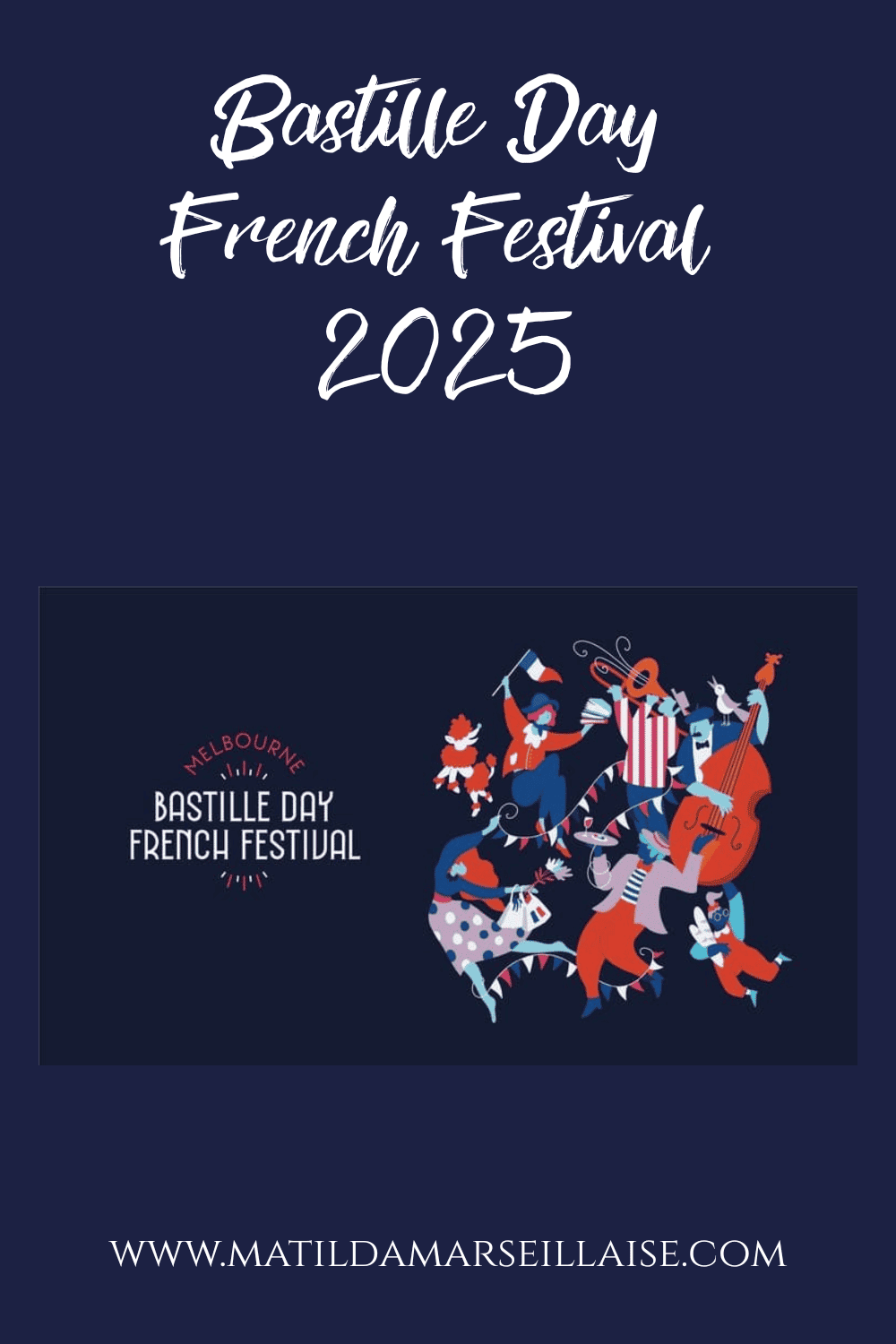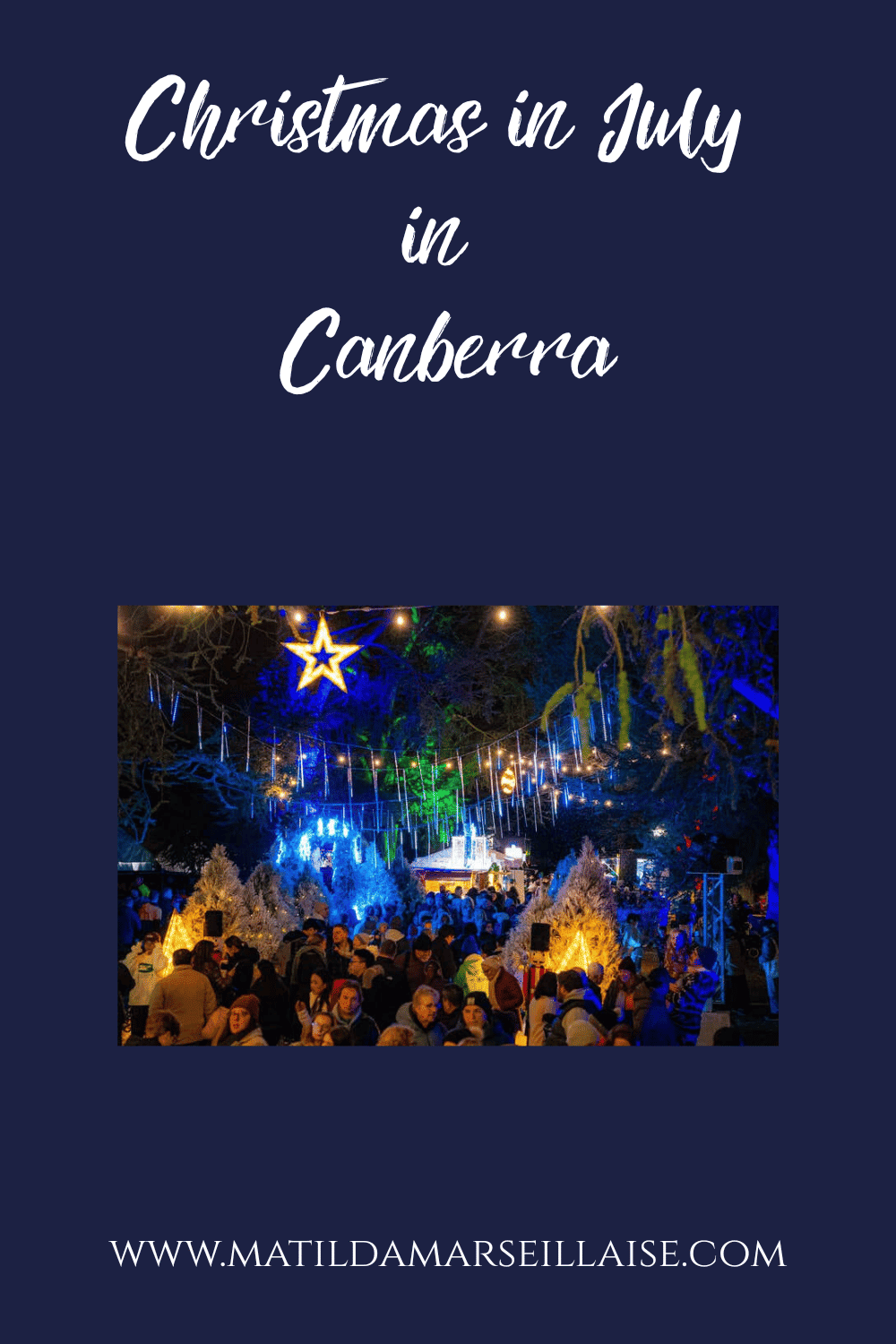Christian Spuck’s production of Giuseppe Verdi’s Messa da Requiem was shown exclusively at Adelaide Festival last week; we were lucky enough to see it. The final production on Saturday received thunderous applause and a 10 minute standing ovation. It’s been a long time in the planning by Adelaide Festival but COVID had other plans.

Christian Spuck has been director of Ballett Zürich since the 2012/13 season. He has been appointed Artistic Director of Staatsballett Berlin as of the 2023/24 season. His production of Messa da Requiem premiered in Zurich as a co-production of Oper and Ballett Zürich, Switzerland’s largest professional ballet company in 2016.
Verdi’s Messa da Requiem was first performed, in a church, in 1874. While the text is quite Catholic talking about God and damnation or acceptance into Heaven, Spuck says if you don’t know the text and simply listen to the music you don’t find it as threatening as the text. Orchestrally it isn’t designed for churches and in fact some Catholic churches banned Verdi’s Messa da Requiem.
The Adelaide Festival performances of Messa da Requiem were performed in Latin with no surtitles, which is quite unusual for an operatic performance. However, when interviewed Christian Spuck explained that he didn’t want the audience to be weighed down in the overly religious text. You can hear the fear of death, and the comforting, without needing to know the lyrics. Spuck, in interview with ABC said that Verdi’s Messa is a celebration of life, not a celebration of death.
Even if you think you’ve never heard Verdi’s Messa da Requiem before, one part of it, which reoccurs throughout the performance will be familiar to you. Movement II: Dies irae has been used in multiple ads and films over the years. This part of Messa da Requiem is perhaps also one of the most powerful. You instantly relate it to impending doom and associate it with violence.
Christian Spuck’s production of Messa da Requiem for Adelaide Festival brought over 170 Adelaide singers and musicians together with 36 dancers from Ballett Zürich. That makes it Adelaide Festival’s largest production to date.
Spuck offered a bold, contemporary approach to Verdi’s requiem mass. The chorus and most of the dancers were dressed in black. One female dancer was dressed in a nude-toned dress. Two male dancers wore flesh-coloured outfits covered in goldish flecks. They would writhe around when on stage perhaps representing the fight against death, or the grieving of someone who has died.
Spuck’s choreography offers spectacular visual moments when the considerably large chorus are on stage. The chorus aren’t just singers in this production, they are also dancers. Running from one corner of the stage to another, under his choreography, is co-ordinated yet still gives the feeling of a frenzy. We see the chorus transformed into a giant tidal wave, and even a ship’s bow as they rush towards front right of the stage and some climb upon the others.

The dancers from Ballett Zürich impress with their coordinated movements and strong arm and leg movements. The female dancers seen in the struggle against death powerfully run to the front of the stage and convincingly portray the struggle of being held back when the male dancers rush to constrain them.
The four soloists Soprano Eleanor Lyons, Mezzo Soprano Caitlin Hulcup, Tenor Paul O’Neill, and Bass Pelham Andrews all impressed with their powerful performances. Verdi’s Messa da Requiem is said to be challenging to sing. The orchestra under Johannes Fritzsch’s conducting performed the powerful, varied score.
The set, designed by Christian Schmidt, appears fairly simple in comparison to previous Adelaide Festival opera productions but it’s hides some secrets, which are revealed throughout the show. What appear to be charcoal grey walls are in fact chalkboards which are written on by the Adelaide Festival chorus at one point in the show, and walked on by one of the dancers later still. This perhaps represents our life stories and what we leave behind.

The ground is covered in a blackish ash (which Spuck calls black snow), which floats when kicked by the dancers, a symbol of what is left when someone has departed this world. The only other items on stage are two black desks and two chairs. The chairs are used at times by the soloists. The desks are used in one of the dances. The original set and costumes from the Oper and Ballett Zürich production are currently in Amsterdam so Adelaide Festival needed to create/supply those for its Australian season.
Verdi’s Messa da Requiem was not designed to be staged as a dance production but we are so thankful that Christian Spuck had that vision and that Adelaide Festival brought the production to Adelaide and to Australia.
![]()
5 CROISSANTS
Matilda Marseillaise was a guest of Adelaide Festival.
More Adelaide Festival content below:
The Cage Project: piano as you’ve never heard it before
Cédric Tiberghien is coming to Australia for recitals and the world premiere of The Cage Project
For more events with French and Francophone links happening in Australia this month, see our What’s on in March.




